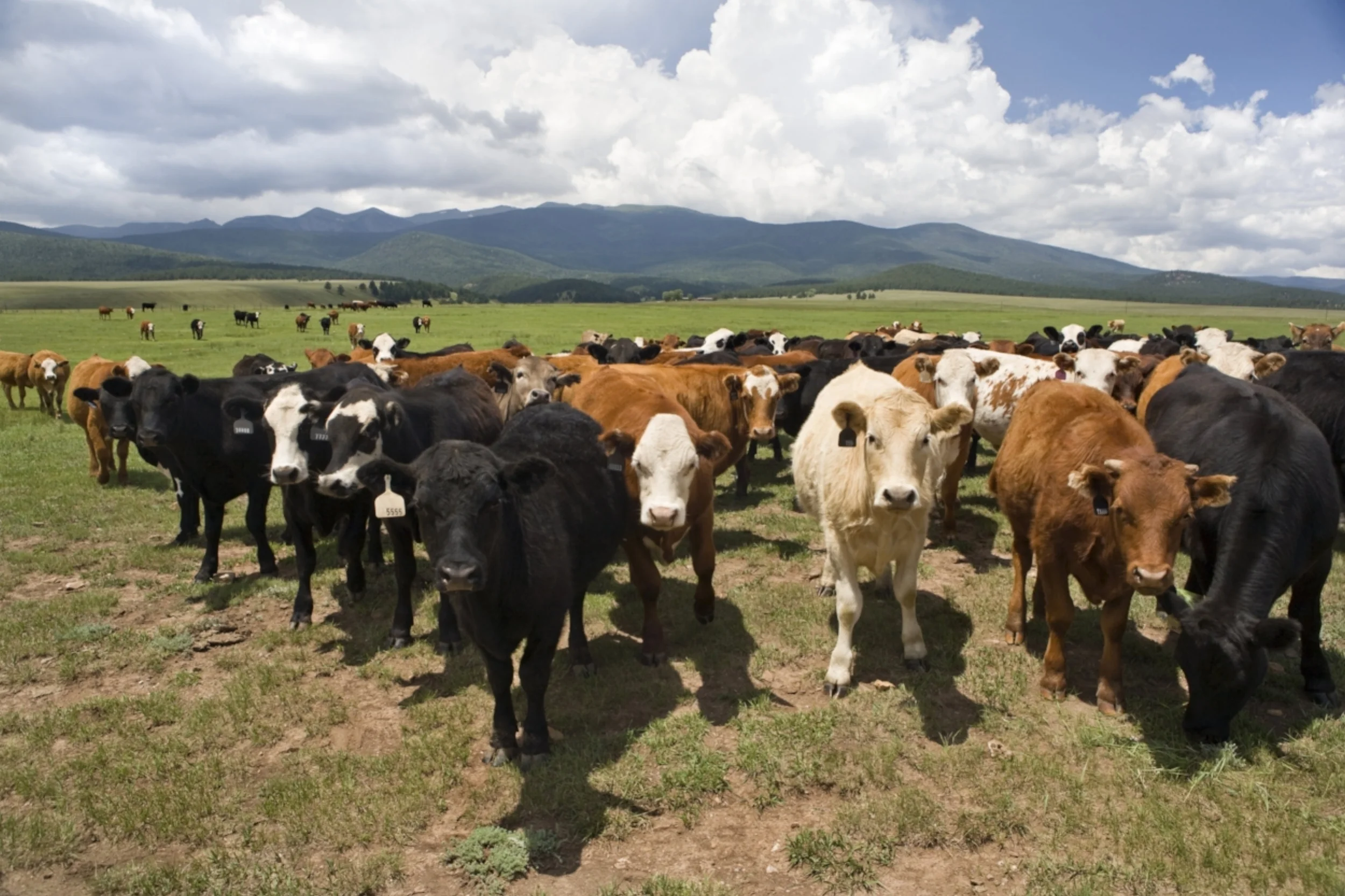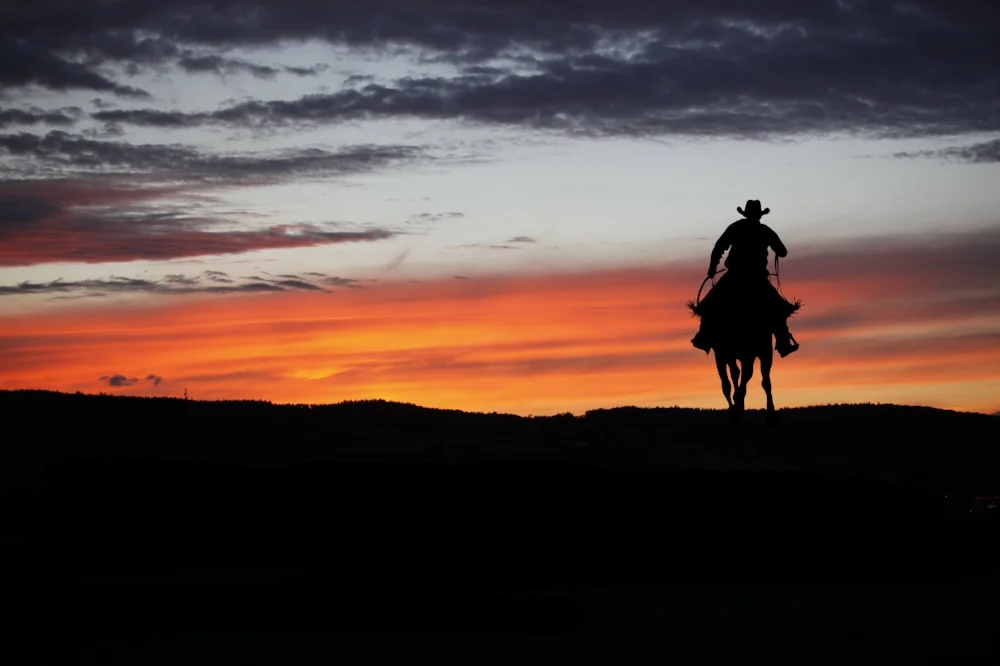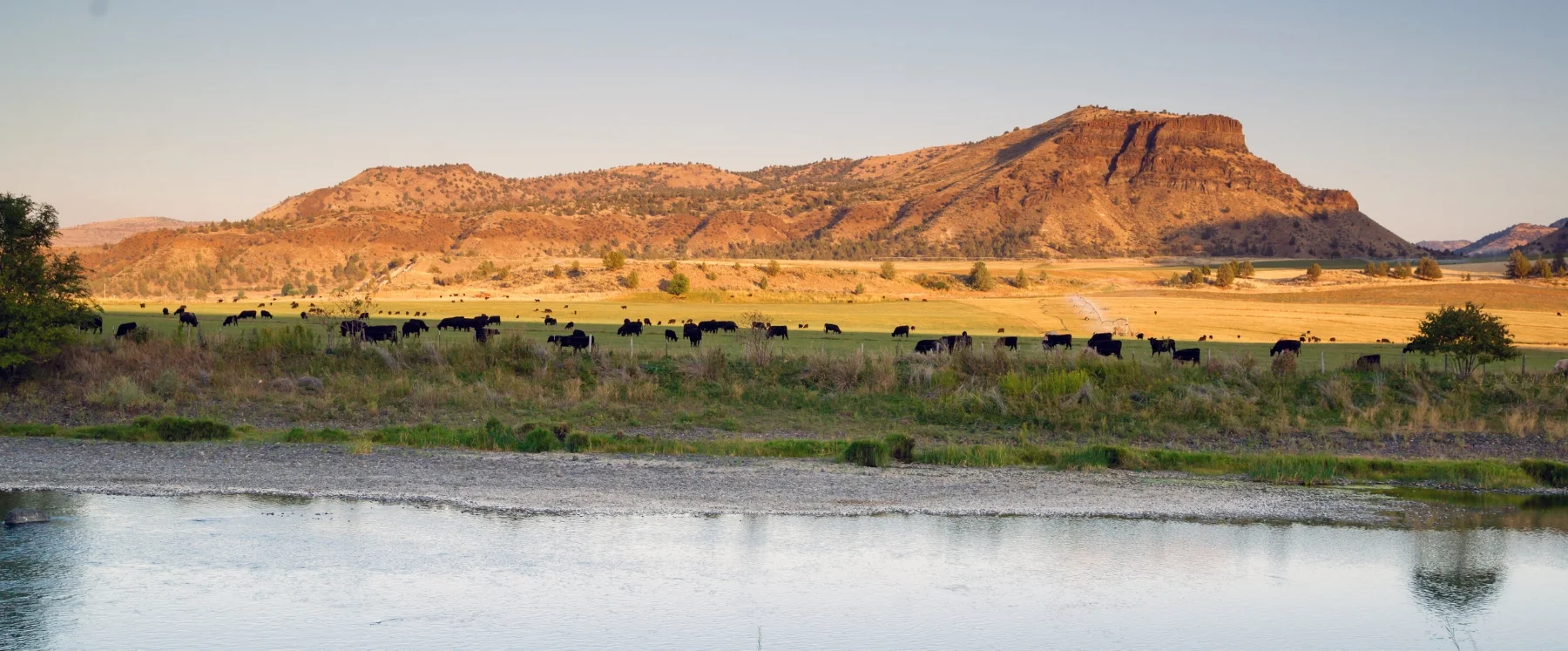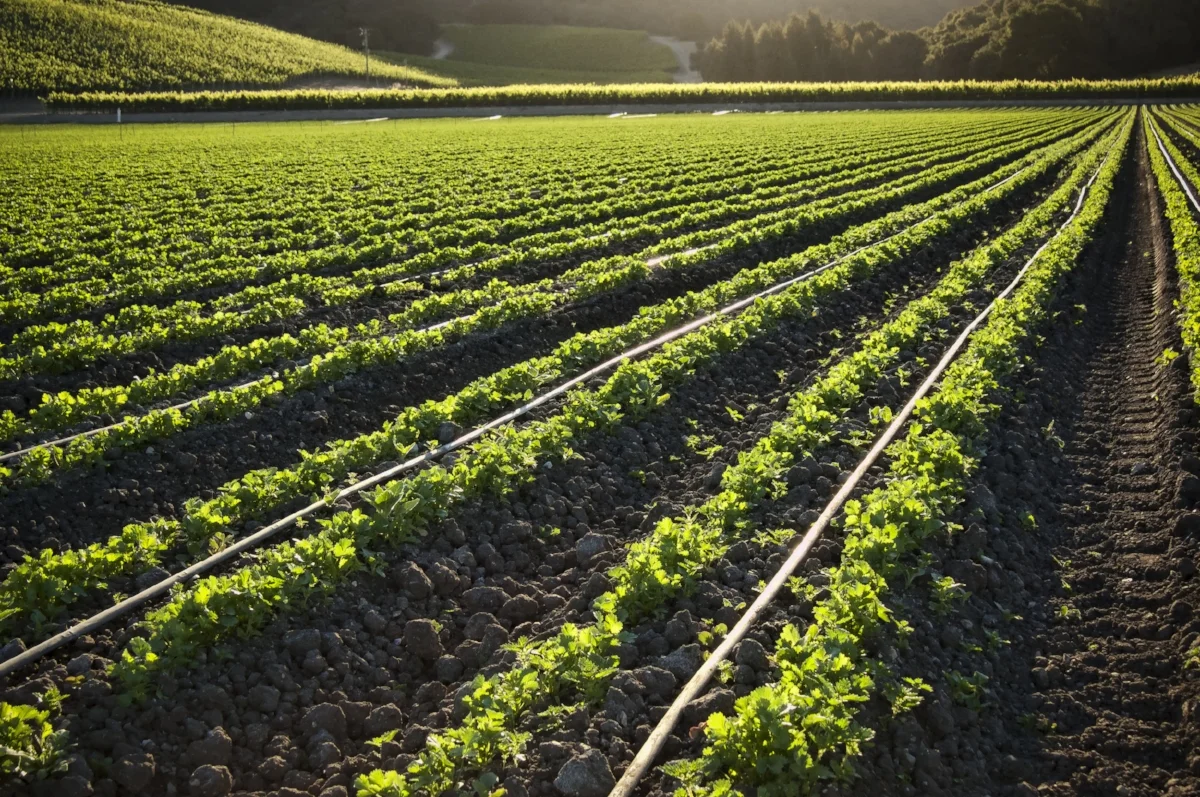With Giving Tuesday around the corner and year-end giving campaigns underway, we are pledging donations to organizations that matter to us and inspire the work we do. We’ve created a list of folks in Montana and across the west that we think are doing meaningful work in the intersection between people and land for you to learn more!
WATERSHED SOLUTIONS ON DEEP CREEK
At a recent tour of the Hahn Ranch and the greater Deep Creek watershed, ranchers along with folks from Montana Fish Wildlife & Parks (MT FWP) as well as Montana Department of Natural Resources and Conservation (MT DNRC) spoke of the various elements that contributed to the successful improvement of Deep Creek, which has been the focus of watershed restoration for over 20 years. One of the specific efforts mentioned was the role of MT FWP in funding the conservation efforts of landowners. MT FWP has a variety of vehicles they utilize to achieve mutually beneficial outcomes including (but not limited to) funding water conservation projects related to water conveyance and irrigation methods, finding alternative / replacement water sources for participating water rights holders, and leasing water rights for in-stream flow.
USDA NASS 2019 MONTANA
LAND ACCESS AND AGRICULTURAL PRESERVATION VIA COMMUNITY LAND TRUSTS
There are a number of tools used across the country to connect people to land, promote ownership and equity, and preserve community values related to land-use. Community land trusts (CLTs) are one of these tools. Community land trusts are nonprofit, community-based organizations that aim to foster community stewardship of land.
MONTANA STATE HEMP PROGRAM DEADLINE APPROACHING
Applications are due May 1st for the 2019 Montana State Hemp Program. The Montana Department of Agriculture’s Hemp Pilot Program included 58 hemp growers and included grew 22,000 acres of hemp in 2018, up from 550 acres in 2017. In 2018, Montana grew more hemp in terms of acreage than any other state.
CELL GRAZING RULES OF THUMB
Late last year, the folks with Ranching for Profit , Western Sustainability Exchange, and Crazy Mountain Stockgrowers Association hosted an informational session on ranch profitability and cell grazing. At this interesting events, we picked up a handful of “rules of thumb” worth sharing.
SYSTEMS APPROACH TO LAND AND CATTLE
At the recent Western Landowners Alliance Land & Livelihoods conference in Billings, Montana, Burke Teichert shared his thoughts and insights on what he calls the Systems Approach to land and cattle. The rules of thumb and short lists provided by Teichert distill a complex subject and complicated processes down to tangible action items and measurable indicators of performance. All of Teichert’s tools and rules really speak to the larger topic of profitable decision making.
USFS HEALTHY FOREST PROGRAMS
UPPER COLORADO RIVER PILOT PROGRAM ENDING
The Upper Colorado River Commission System Conservation Pilot Program (SCPP) will be put on hold after this year. The program has funded 45 fallowing efforts at an average cost of $205 / acre-foot of conserved consumptive use in the first three years. In 2018, ranchers and famers in the upper basin will receive $3.9 million in payments through the program.
RANCHING FOR RIVERS COST SHARE
SUCCESSION PLANNING AND GOVERNANCE
At the Western Landowners Alliance Legacy on the Land event, Howard Weiss from the US Trust broke down succession planning and governance to their component parts.Succession planning has many elements. Expressed as a formula, succession planning = farm and ranch management + ownership transition + estate planning.
DONATING PROPERTY TO REALIZE FUTURE LAND USE GOALS
THE CREATIVE SUCCESSION PLANNING TOOL OF OPERATING FOUNDATIONS
The Western Landowners Alliance Legacy on the Land event featured presentations regarding private operating foundations as a means of land succession planning. A private operating foundation is a legal entity structure in which the foundation spends 85 percent of the lesser of its adjusted net income or minimum investment return is used directly for its exempt activities.
INTRODUCING OUR LAND SUCCESSION PLANNING SERIES
According to the United States Department of Agriculture census data, the average age of farmers and ranchers exceeded 58 years of age for the first time in 2012. Succession planning is one of the aspects of aging land operators and properties nearing transition.
BIGHORN MOUNTAIN FORESTRY PROJECTS
FINLEN HOTEL SALE FINANCED BY TIF FUNDS
The historic Finlen Hotel in Butte, which opened in 1924, has sold. The transaction was made possible in part to a $412,000 loan from Butte’s Uptown taxing district, the Urban Revitalization Agency (URA). The URA is a tax-increment financing (TIF) district, which generates funds by property tax dollars from new developments that are then re-invested in private buildings in the area through grants and loans.
PILOT SYSTEM WATER CONSERVATION SYSTEM RFP OUT
The Upper Colorado River Commission (UCRC) has issued a Request for Proposals to invite users of the Colorado River System water in Colorado, New Mexico, Utah, and Wyoming to submit proposals for Pilot Program water conservation projects. Projects are meant to test methods for saving water that could be part of a drought contingency plan in the Upper Basin of the Colorado River.
CHANNEL MIGRATION EASEMENTS IN MONTANA
Montana Aquatic Resource Services recently released a white paper on Channel Migration Easements (CME). A specific form of conservation easement, a CME allows a landowner to continue to use their land while allowing the river to migrate across the floodplain within the easement boundaries. So far MARS has worked with conservation partners and thoughtful landowners to close Montana's first two channel migration easements (CMEs).
WORKING LANDS FOR WILDLIFE
As part of the Working Lands for Wildlife program, the NRCS works with partners and private landowners to focus voluntary conservation on working landscapes. The NRCS provides technical and financial assistance to agricultural producers, which helps them plan and implement conservation practices that benefit target species and priority landscapes. WLFW focuses on eight target species and eleven priority landscapes. The program attempts to get out in front of declining species that may be listed by the Endangered Species Act (ESA) if populations continue to diminish.
A THOUGHTFUL AND MODERN APPROACH TO RURAL RESIDENTIAL DEVELOPMENT
Prefab and modular residential housing designed to be part of the ecosystems where they are built provide options for occupants that intend to best steward the places they call home. Over the last decade, many new and innovative products have come to market boasting low-impact building footprints, modern design, thoughtful scaling options, and sustainable materials. We've chosen to preview five new and innovative concepts: Rising Barn, Porch House, Back Country Hut, Nomadic Shack, and Hyla Hut.





















